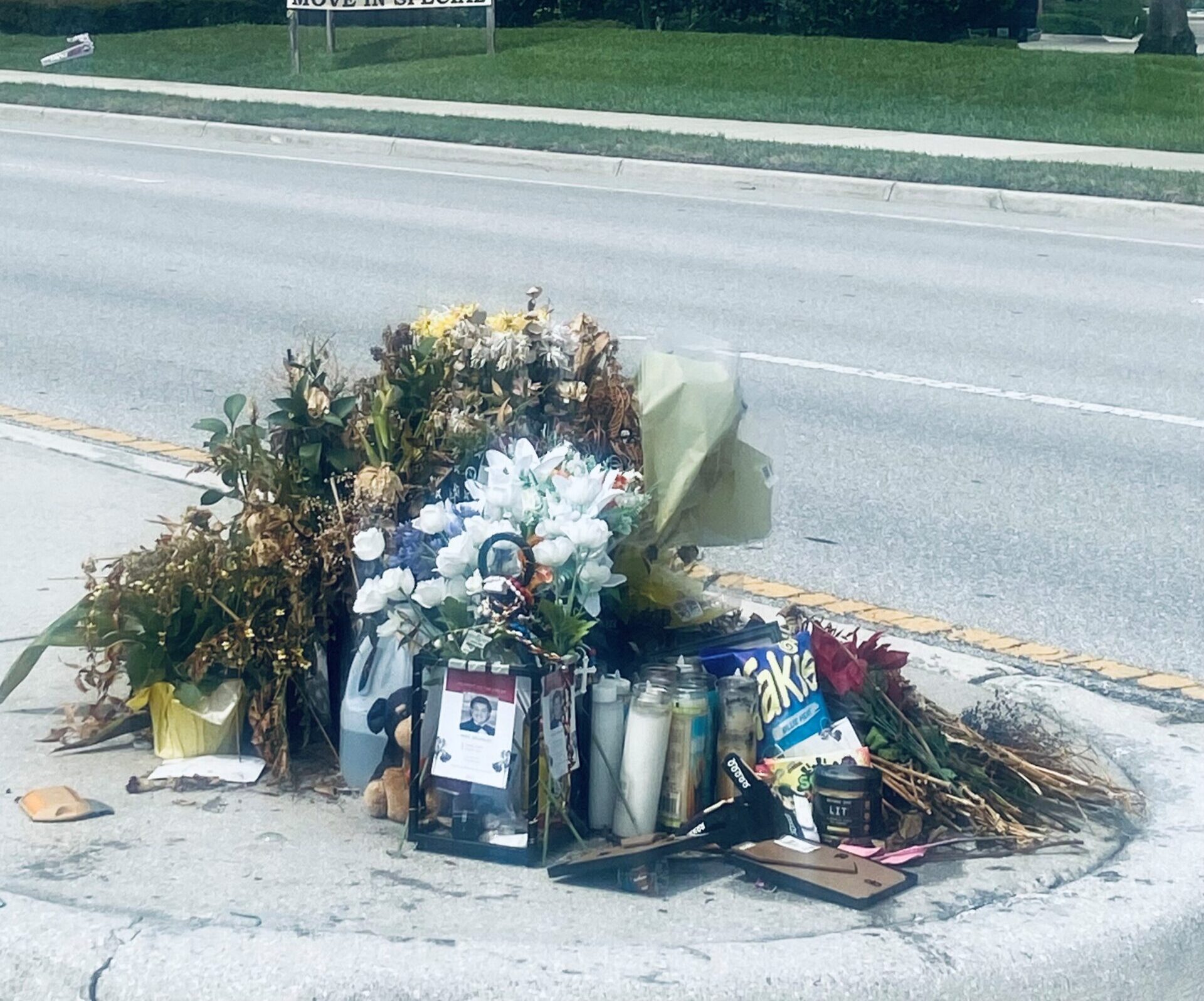 Angry driving is something perhaps we’ve all seen or done before to some degree. After all, mumbling a profanity or making an angry gesture happens at times. It’s likely every car owner has had a previous encounter or witnessed an act of rage.
Angry driving is something perhaps we’ve all seen or done before to some degree. After all, mumbling a profanity or making an angry gesture happens at times. It’s likely every car owner has had a previous encounter or witnessed an act of rage.
But aggressive driving that leads to accidents and injuries cannot be taken lightly. Endangering other drivers on our roadways is illegal. It can involve intentionally running someone off the road because they were driving “annoyingly” slow; or cut into your lane. But, even waiving a weapon at another driver can suffice.
Yet, surprisingly, nearly eight million U.S. drivers were found to engage in extreme examples of road rage, according to AAA. Unfortunately, certain Florida metropolitan cities such as Orlando and Miami-Ft Lauderdale have previously ranked as having problematic drivers.
Statistics on Road Rage
- The National Traffic Safety Administration (NHTSA) defines road rage as: “When individuals commit a combination of moving traffic offenses so as to endanger other persons or property.”
-
- According to the NHTSA, 66% of traffic fatalities are caused by aggressive driving.
-
- 82% of drivers in the U.S. admitted in 2019 to driving aggressively at least once
- In 2014, AutoVantage Club identified Miami as having the seventh least courteous drivers among America’s largest cities. Those surveyed reported witnessing aggressive driving: honking horns at other drivers and observing cars running red lights.
The Differences on Road Rage and Aggressive Driving
Both the NHTSA and AAA provide the legal differences between these two terms, which are at times incorrectly used interchangeably.
Aggressive Driving
- FS 316.1923 Aggressive Careless Driving–by committing two or more acts simultaneously such as exceeding the posted speed and unsafely or improperly changing lanes.
Aggressive driving is reckless driving. It can take the form of:
- speeding in heavy traffic,
- Tailgating,
- Weaving or changing lanes without signaling
- Blocking a car from passing.
- Running red lights
Aggressive drivers can be ticketed as a traffic offense.
Road Rage
Road Rage involves a violent intent toward another and is therefore more serious.
However, extreme cases of aggressive driving usually lead to road rage. It can involve:
- Forcing a driver off the road,
- Swerving into a car or sideswiping,
- Pumping brakes in front of another vehicle.
- Cursing and making rude or obscene gestures
Road Rage drivers can be criminally prosecuted
How to handle road rage
There are certain precautions drivers can take to prevent road rage, according to the AAA.
- Do Not Respond: Do not engage by making eye contact or any gestures. Call 911 if needed.
- Don’t Offend: Do not cause the other driver to need to use their brakes or turn their steering wheel in response to something you’ve done.
- Be tolerant and Forgiving: Do not take anything personal. Start by assuming the other driver may just be having a truly bad day.
What to do if you’re in an accident due to another’s Road Rage
If you or someone you care for is injured in a road rage accident, seek medical attention immediately. In Florida, you have 14 days from the date of the accident to do so in order to be entitled to using your PIP insurance coverage.
You’ll also want to contact an experienced personal injury attorney to discuss your potential case. An experienced firm and their legal team will help you navigate through the aftermath of an accident and dealing with insurance adjustors. The Law Offices of James G. Graver, P.A. will help you through a free and confidential consultation to determine if you are eligible for monetary compensation. Contact us today online or toll free at: 1-888-Graver-3.
The post Road Rage appeared first on Law Offices of James G. Graver, P.A..






